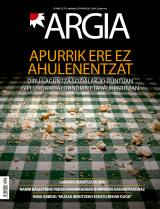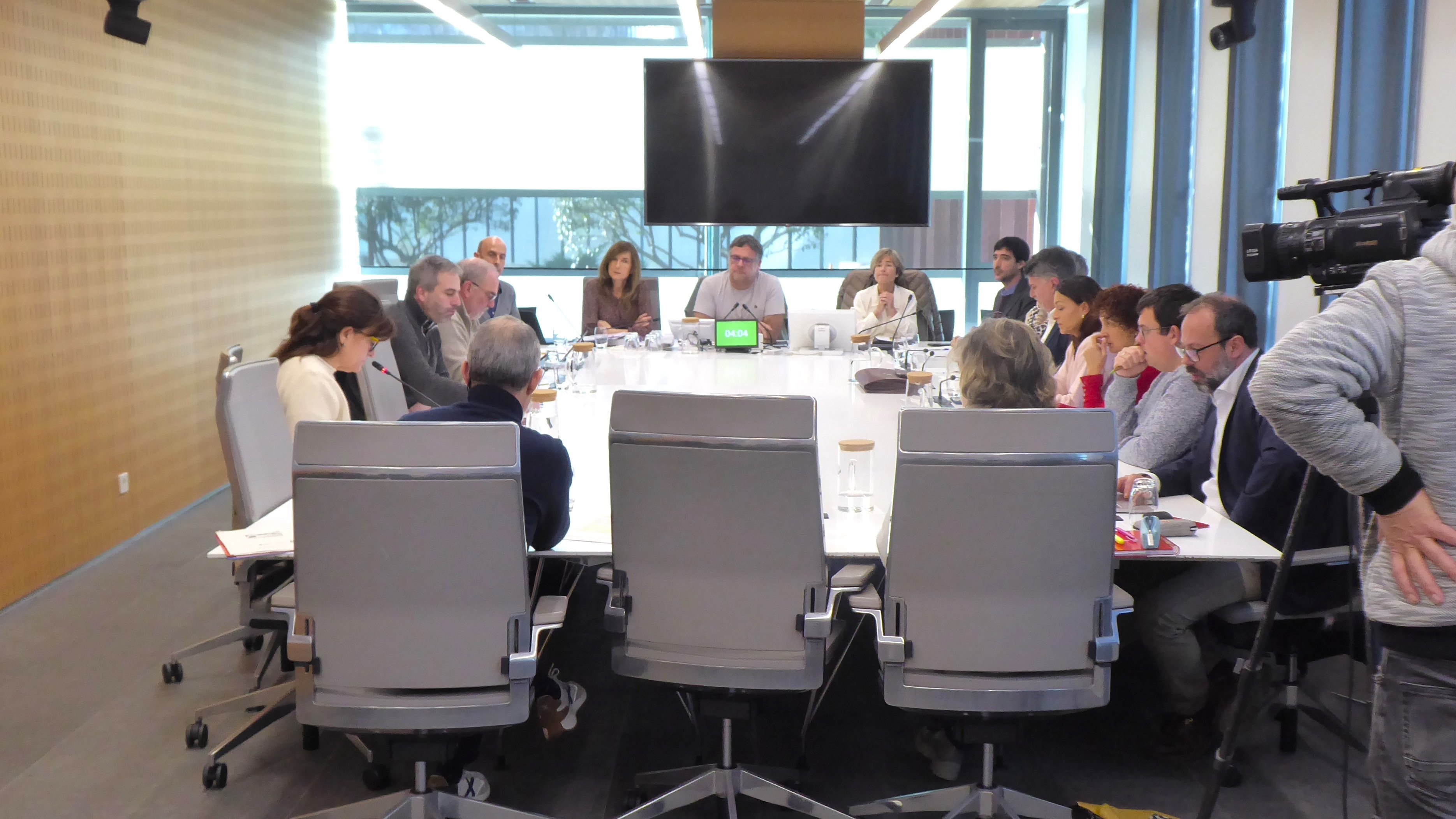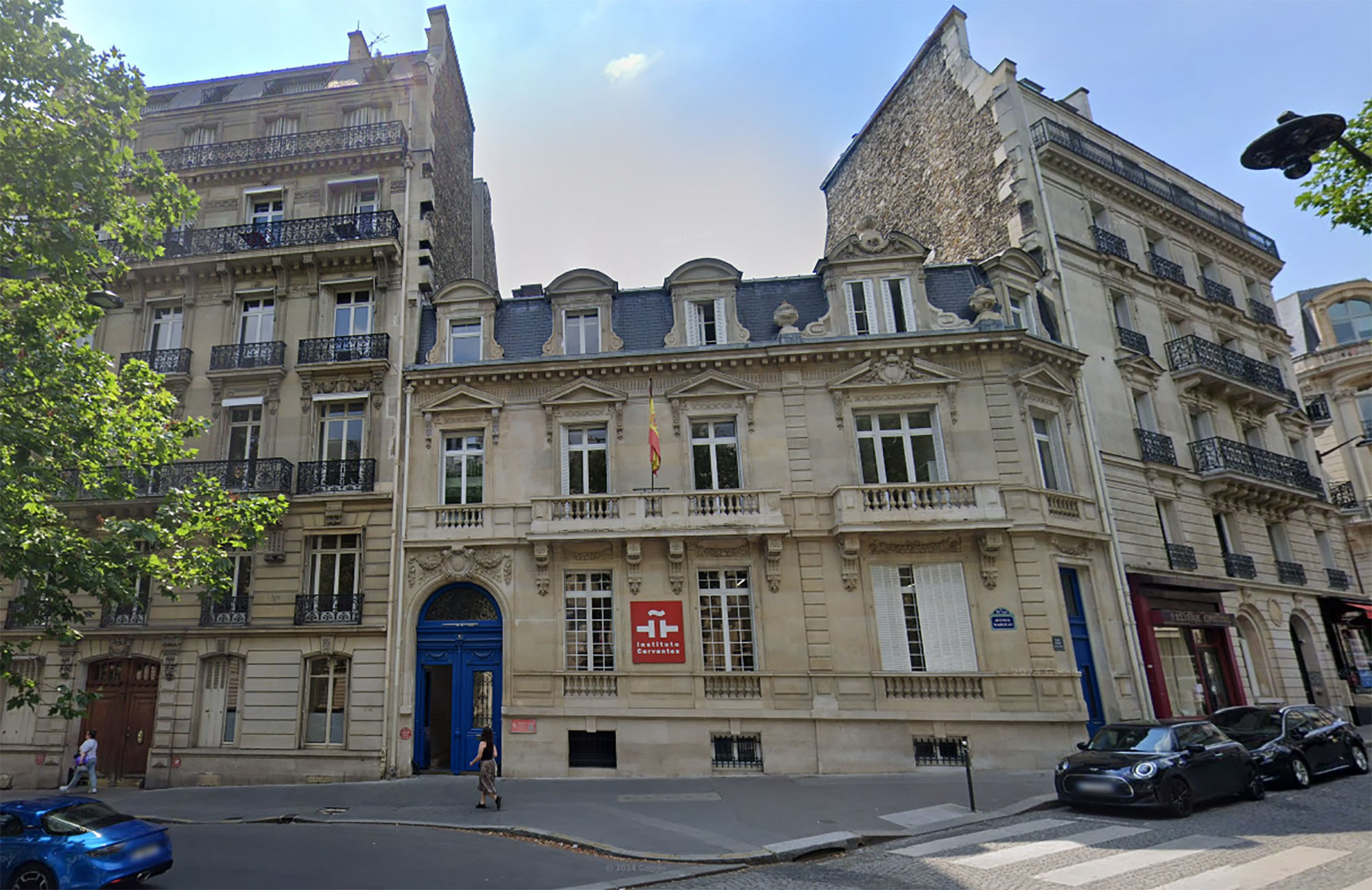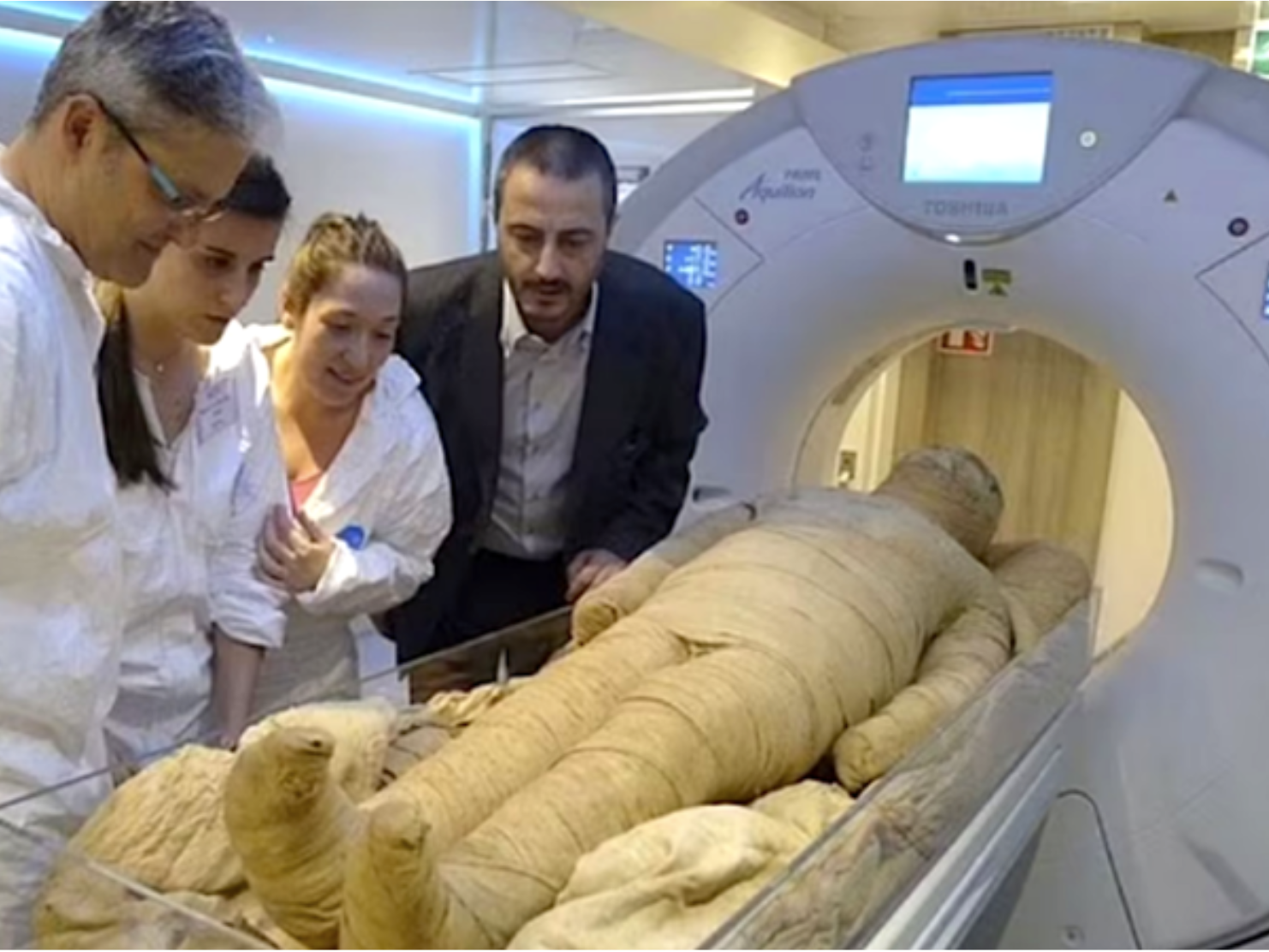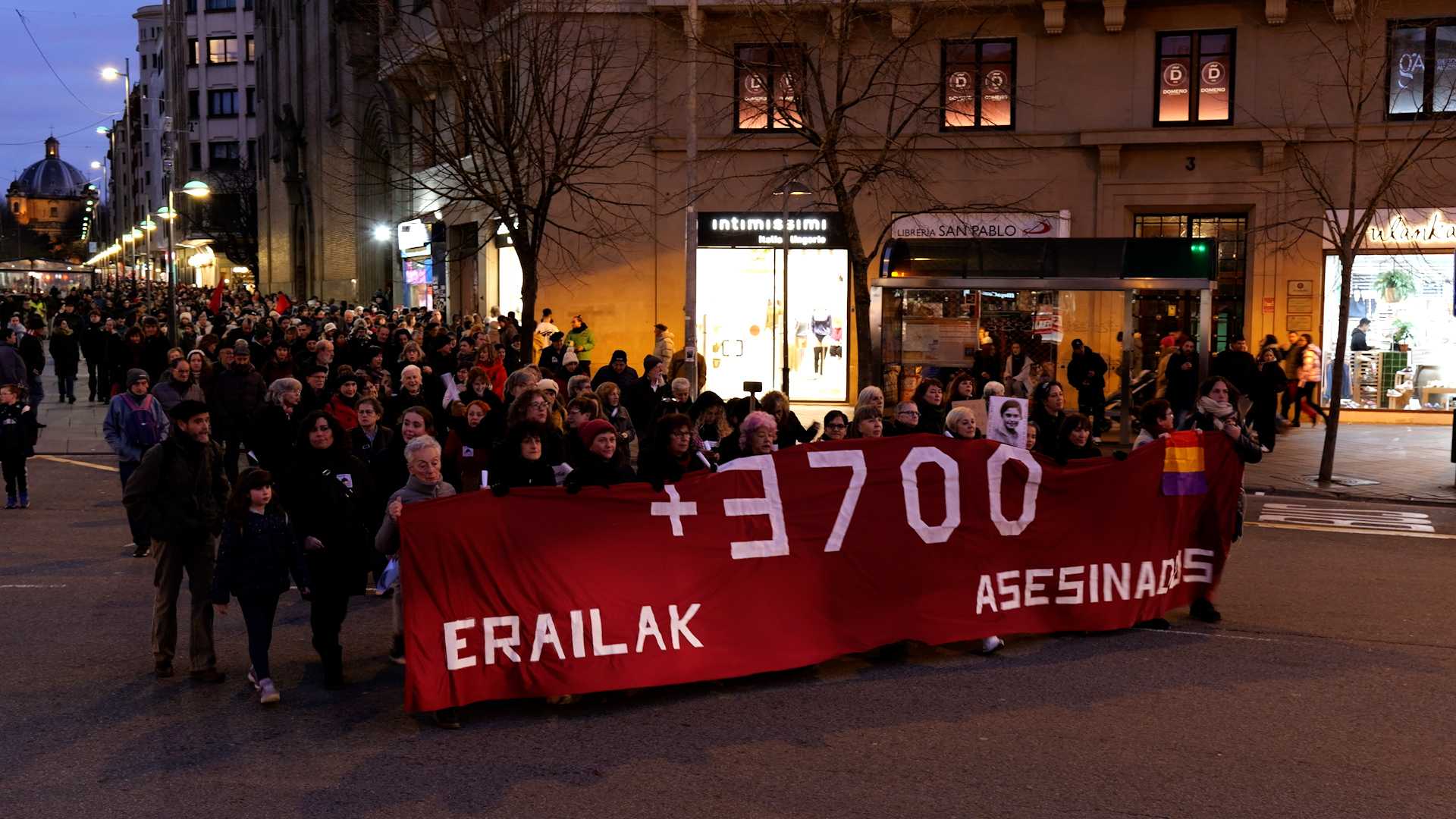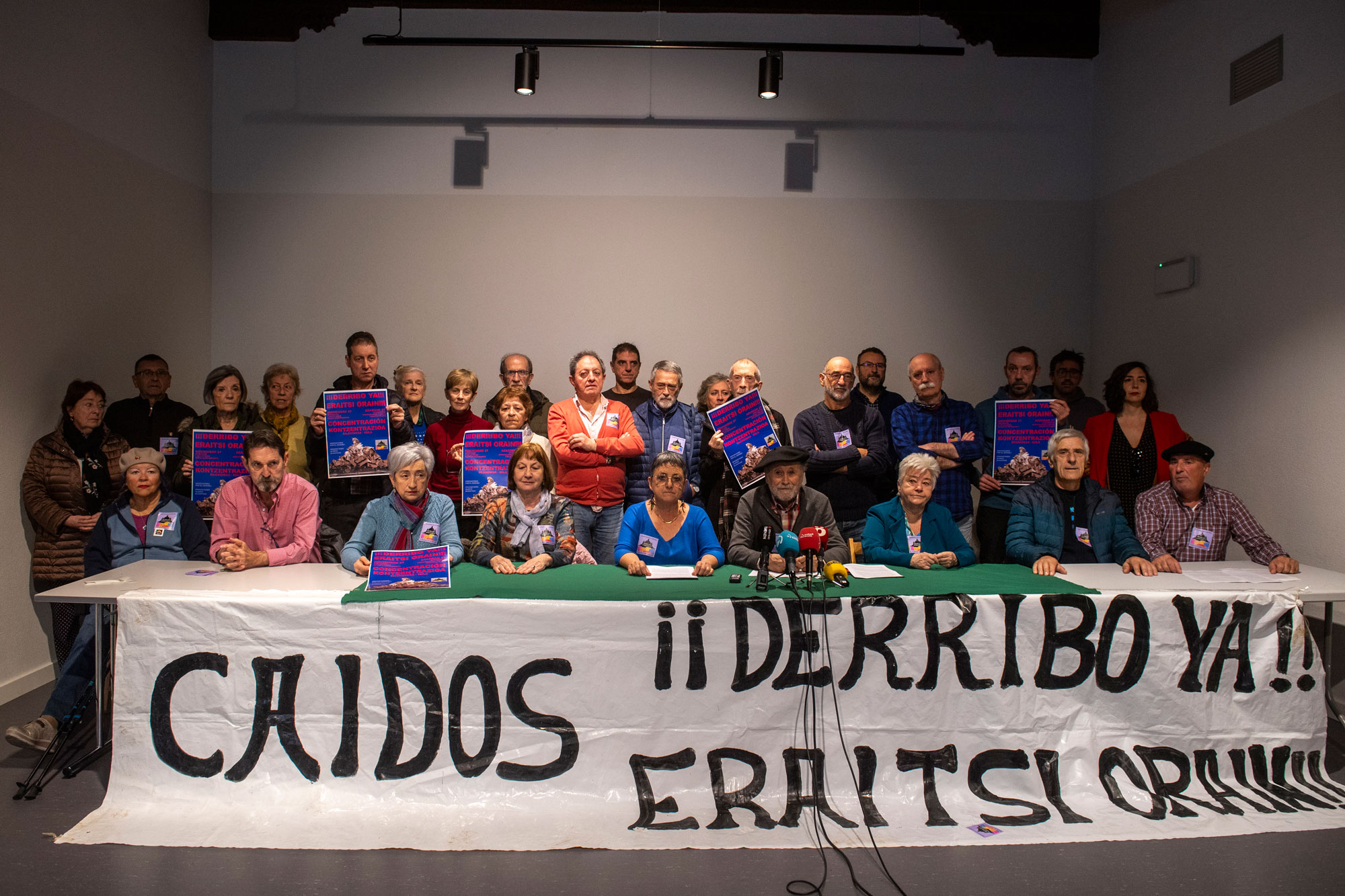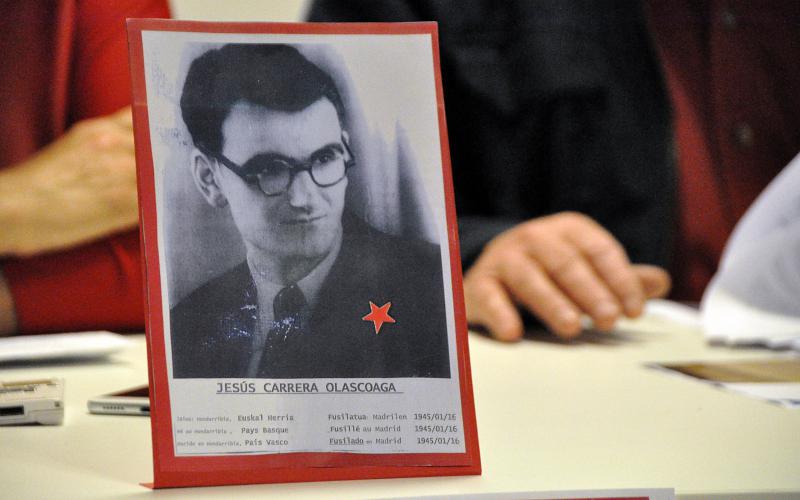Pedro Bereterra, at your service

Naples, 1528 The Navarro navy, military and engineer Pedro Bereterra was killed in the castle of Castelnuovo. Carlos V.aren was captured by Spanish soldiers and, apparently, was asphyxiated by the governor of the castle himself, to allow the esteemed Bereterra to avoid the dishonor of the gallows.
It was born around 1460 in Garden, Roncal. As a young man he travelled to Italy with Genoese merchants he allegedly met in Sangüesa. He began working at his service and was later under the orders of Cardinal Juan, son of Fernando I.aren, king of Naples, until his death in 1485.
It seems that even the corsario served Naples, although we have no news of anything in particular. He joined the Florentines against Genoa. It also managed to catch a boat from the Republic of Venice, which was the main maritime power of the Adriatic.
In 1500 he was apprehended by the Army of Castile and Aragon and joined them, mainly for the wars of the north of África.Particip or in the conquest of Oran and in the battles of Bugia and Tripoli, among others, and in the same Italy he fought the French. Fernando the Catholic awarded him the title of Count of Oliveto and obtained the post of Captain General. The French arrested him in Ravenna in 1512 and, after three years of imprisonment, renounced his title as Count and his charges and joined the French against the Spaniards who had formerly belonged to him, until he was locked up and killed for the last time.
Some historians, especially Spanish military historiography, have described Pedro Bereterra as traitor, but the truth is that, instead of providing his service to the armies, it was the armies that demanded his service. If he was right-handed at sea, his land-based capabilities were even more appreciated. He used innovative methods to organize infantry and, above all, invented specific mines to attack the fortifications, which influenced the war strategies of the time.
In Pamplona/Iruña there is an avenue called Conde Oliveto. Considering that he resigned the title, it is not known whether it was in his honor or in his repulsion where the street was baptized.
I just saw a series from another sad detective. All the plots take place on a remote island in Scotland. You know how these fictions work: many dead, ordinary people but not so many, and the dark green landscape. This time it reminded me of a trip I made to the Scottish... [+]
Japan, 8th century. In the middle of the Nara Era they began to use the term furoshiki, but until the Edo Era (XVII-XIX. the 20th century) did not spread. Furoshiki is the art of collecting objects in ovens, but its etymology makes its origin clear: furo means bath and shiki... [+]
In an Egyptian mummy of 3,300 years ago, traces of Yersinia pestis, the bacterium that caused the Justinian plague in the 6th century and the Black Plague in the 14th century, have just been found.
Experts until now believed that at that time the plague had spread only in... [+]
Greenland, the end of the 10th century. The first Scandinavian explorers and settlers arrived on the island. But by the 15th century these settlements had been abandoned and the original Inuit remained. But in 1721, the missionary Hans Egede organized an expedition and the... [+]
Tafallan, nekazal giroko etxe batean sortu zen 1951. urtean. “Neolitikoan bezala bizi ginen, animaliez eta soroez inguratuta”. Nerabe zelarik, 'Luzuriaga’ lantegian hasi zen lanean. Bertan, hogei urtez aritu zen. Lantegian ekintzaile sindikala izan zen;... [+]









